With Christianity widely accepted as the state religion in Rome, architecture responded to the demands of worship spaces creating the Paleochristian style. The first churches, built in the style of the Roman Basilica, took a cruciform shape in memory of the crucifixion.
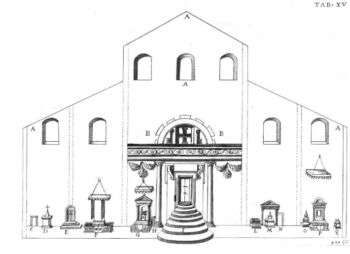
Old St. Peter’s Basilica, Rome, 1693
The Origins
Christianity had its birth in Judaea, an easterm province of the Roman Empire, and it spread to Rome by St. Peter, St. Paul, and other missionaries. The Early Christian period is generally considered the time from Constantine (AD 306) to the death of Gregory the Great (AD 607), Although in Rome and many Italian cities, it continued up to the 10th century.
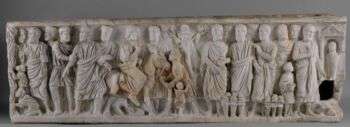
Pre-Constantine Architecture (50-313 AD)
In 200 D Christian architecture did not exist yet. Starting from 250 AD Christianity took over, and the first places of worship were the Domus ecclesiae, titulus, which is located in Rome. Christians also resumed underground cemeteries called Catacombs and similar overground structures (Martyria) used for funeral rituals related to the ancient pagan customs.
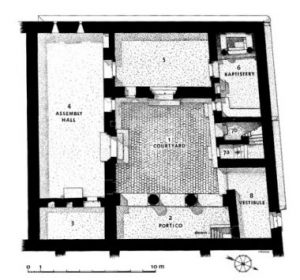
Image source: https://www.jstor.org/stable/j.ctt1kft8j0.5?seq=13#metadata_info_tab_contents
Constantine Architecture (4th Century)
In 313 AD, Constantine allowed Christians free and unrestricted religious worship (The Edict of Milan). Domestic architecture could no longer fulfill the needs of the meeting places for Christianity, instead adopting the typology of the Roman Basilica. Originally the Roman basilica was rectangular with at the minimum one apse, usually facing North, and the early churches were generally simple and functional in their design.
The Christian builders made many symbolic modifications. With the addition of a transept between the nave and the apse, perpendicular to the nave, the building took a cruciform shape in the memory of the crucifixion. The variety was typical of this time, but there are some common characteristics to all basilicas:
– Developed in length with a longitudinal axis
– Exposed wooden beam roof or flat countertop
– Rectangular tribune in the shape of an apse
– Central nave and lateral aisles
– High clerestory with large windows
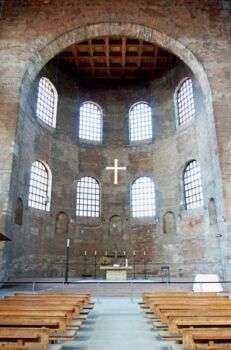
The Basilica of Constantine or Aula Palatina, Trier, early 4th century
Image source: https://search.creativecommons.org/photos/2ac336cd-ec2a-4ce3-8290-d2f1ce21be66 by archer10 (Dennis)
Post Constantine and 5th Century Architecture
In the last years of Constantine’s reign, and for all the 4th century, new types of churches were built in political/spiritual capitals as Rome (the new seat of the papacy), Milan, Alessandria, and Jerusalem. The creativity of Christian architecture was linked to the stylistic concepts and construction techniques of late ancient classicism. After the division of the Roman Empire by Theodosius in 395 AD and a great number of invasions, Ravenna became the new capital.
The papacy was the new political power against the Emperor, and the experimentalism of the Constantine period was replaced by standardization. However, local tradition added some different elements to standard themes:
– The entrance is usually closed on four sides by a colonnade
– Nartece or vestibule in front of the Church (esonartece) or inside at the beginning of the nave (endonartece)
– Galleries upon the aisles
– Double lateral aisles
– Crypt under or in front of the altar
– Two towers by the sides of the nartece
– Three-sided transept
– Different materials
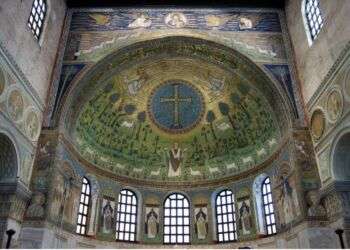
Image source:https://search.creativecommons.org/photos/6c0f8702-803e-40c0-86b0-3f760da132c8 by Vanni Lazzari
https://www.britannica.com/art/Early-Christian-art
https://historyofarchitecture.weebly.com/early-christian.html
